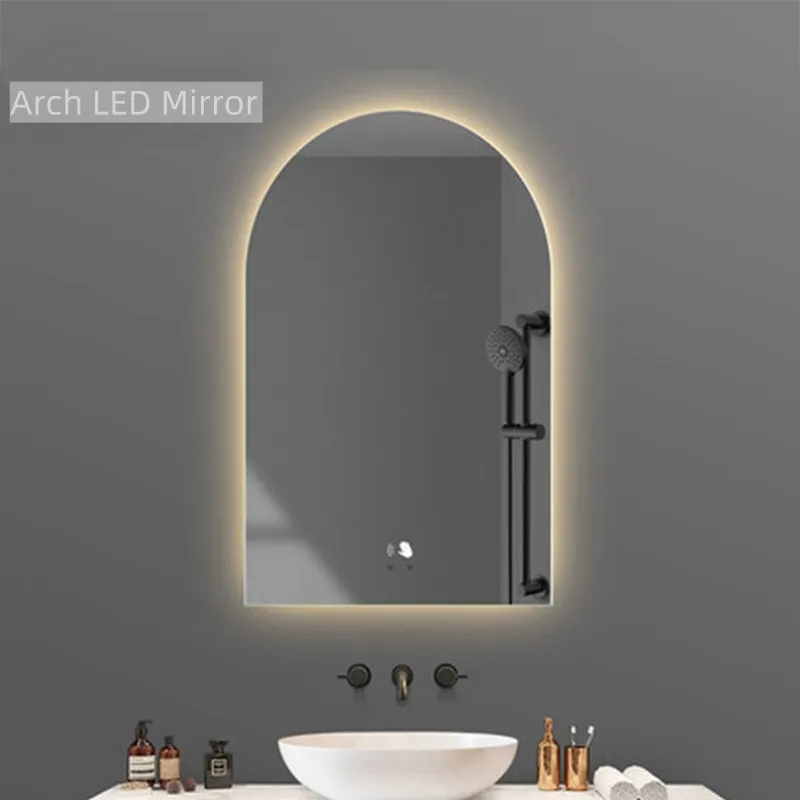Dec . 04, 2024 11:59 Back to list
low iron glass
The Fascinating World of Low-Iron Glass
When it comes to glass manufacturing, the diverse range of types and compositions available can seem overwhelming. Among these, low-iron glass stands out due to its unique properties and applications. Differentiating itself from standard glass, low-iron glass offers remarkable clarity, color neutrality, and superior optical qualities, making it a preferred choice in various industries, including architecture, automotive, and art.
What is Low-Iron Glass?
Low-iron glass is produced by reducing the iron content in the glass formulation. Standard glass often exhibits a slight green tint due to the presence of iron oxide. This tint, while usually not significant, can affect the aesthetics of certain applications where clarity is paramount. Low-iron glass, however, has less than 0.1% iron content, resulting in a colorless appearance that allows for high light transmission and minimal distortion.
Properties and Advantages
The most pronounced characteristic of low-iron glass is its exceptional transparency. With a light transmission rate of up to 91%, it significantly exceeds the standard glass value of around 85%. This feature is particularly valuable in applications where clarity is essential, such as in museums, galleries, and high-end retail spaces. The absence of tint allows colors and details to be seen in their true form, making artwork and products more visually appealing.
In addition to clarity, low-iron glass also boasts superior durability. Its composition allows it to be formulated in a way that enhances strength. This makes it a popular choice for safety glass applications, where resilience and the ability to withstand impact are crucial. Furthermore, low-iron glass is also highly compatible with various coatings and treatments, which can enhance its performance in terms of energy efficiency and UV protection.
Applications
low iron glass

The applications of low-iron glass are as diverse as its properties. In architectural design, it is commonly used for facades, canopies, and skylights, where maximum daylight is desired. Its clarity complements modern aesthetic sensibilities, allowing for seamless visual connections between indoor and outdoor spaces. Furthermore, glass walls made from low-iron glass create a sense of openness in commercial and residential environments.
In the automotive industry, low-iron glass is utilized for windshields and windows, contributing to greater visibility and a more refined appearance. High-end vehicles often incorporate this type of glass to enhance not only aesthetics but also enhance the overall driving experience by reducing glare and improving clarity.
Additionally, low-iron glass plays a vital role in the solar energy sector. It is used in the production of solar panels, where maximizing light transmission is critical for efficiency. By ensuring that more sunlight reaches the photovoltaic cells, low-iron glass contributes to improved energy output and performance.
The Future of Low-Iron Glass
As industries increasingly prioritize sustainability and efficiency, low-iron glass stands to gain even more traction. Its recyclability and energy-efficient manufacturing process align well with environmental goals. Advances in technology could further refine its production, making it more accessible and cost-effective for a broader range of applications.
In the realm of design and architecture, trends indicate a growing preference for environmentally friendly materials. Low-iron glass meets this demand with its combination of aesthetic appeal and functional benefits. As smart building designs emerge, incorporating low-iron glass in projects may help achieve desired energy performance ratings and certifications.
Conclusion
Low-iron glass is a remarkable material that exemplifies the intersection of function and form. Its clarity, durability, and versatility make it an ideal choice for numerous applications, spanning from architectural design to automotive manufacturing and renewable energy solutions. As technology advances and the demand for sustainable materials continues to rise, low-iron glass will undoubtedly carve out an even more significant presence in various industries, shaping the future of design and innovation.
-
Safety and Style with Premium Laminated Glass Solutions
NewsJun.24,2025
-
Reinvents Security with Premium Wired Glass
NewsJun.24,2025
-
Premium Float Glass Line for Modern Architecture
NewsJun.24,2025
-
Low Emissivity Glass for Energy-Efficient Architecture
NewsJun.24,2025
-
High-Performance Insulated Glass Solutions for Modern Architecture
NewsJun.24,2025
-
Elevates Interior Style with Premium Silver Mirror
NewsJun.24,2025
Related PRODUCTS














